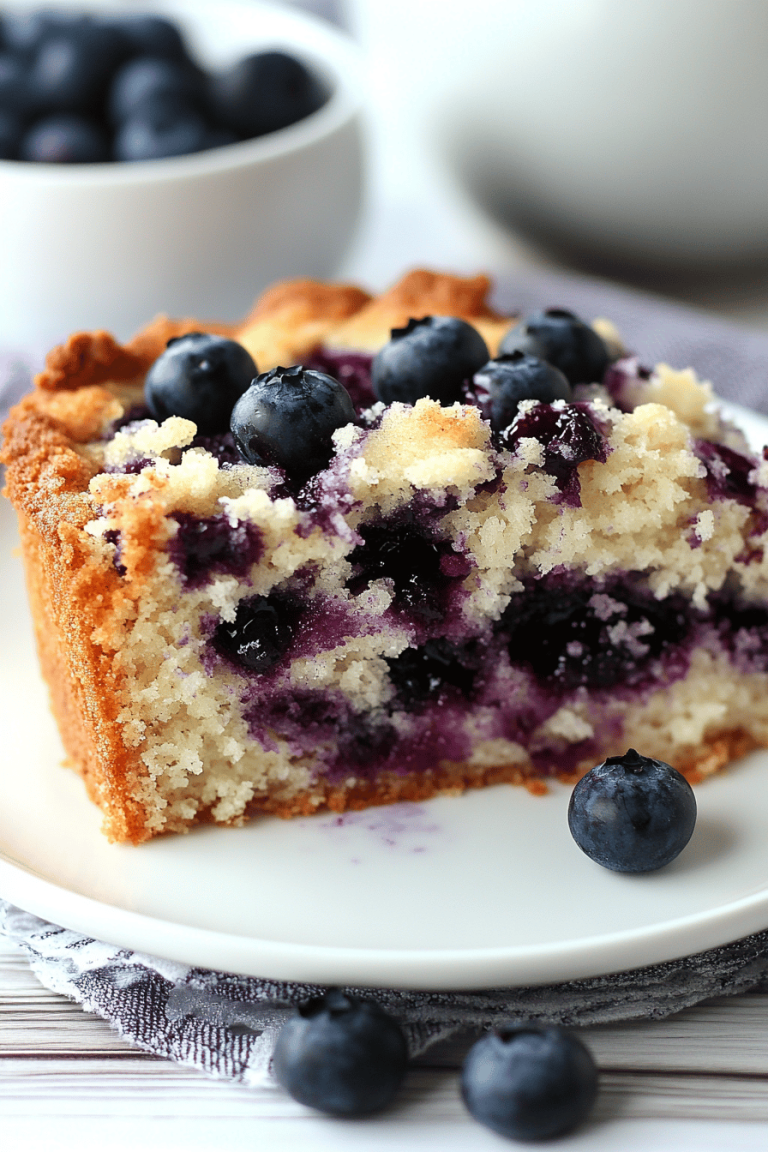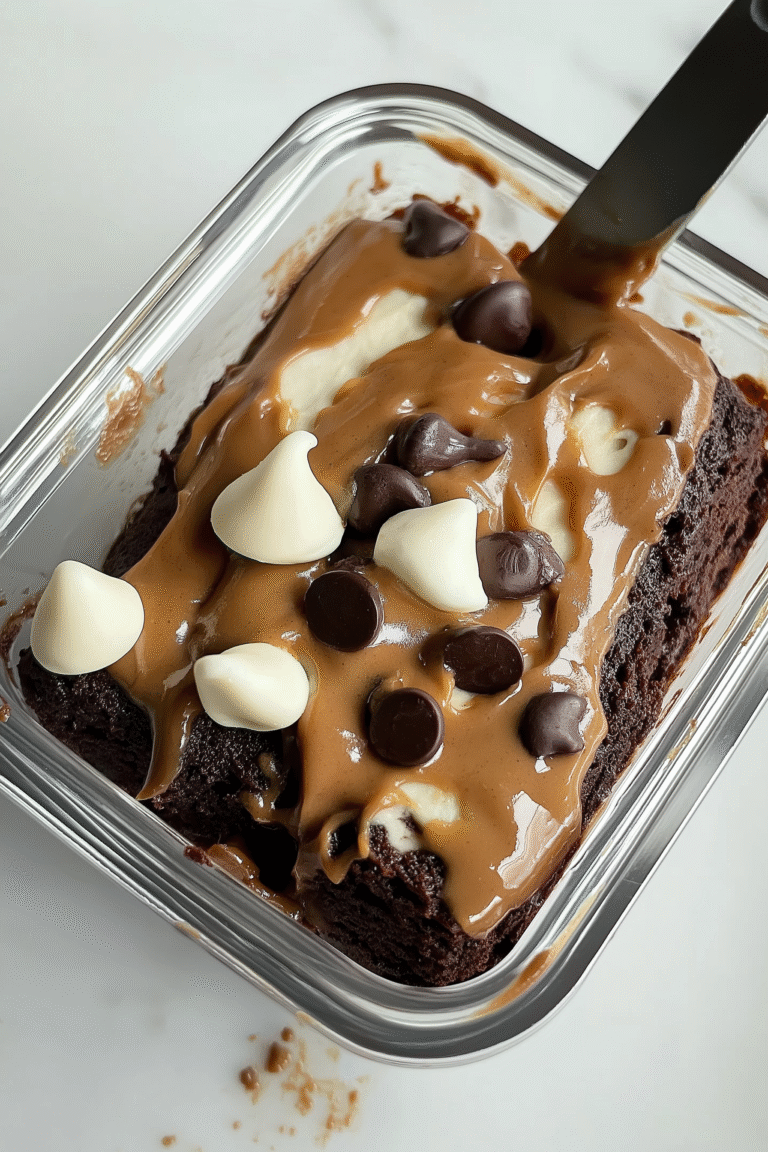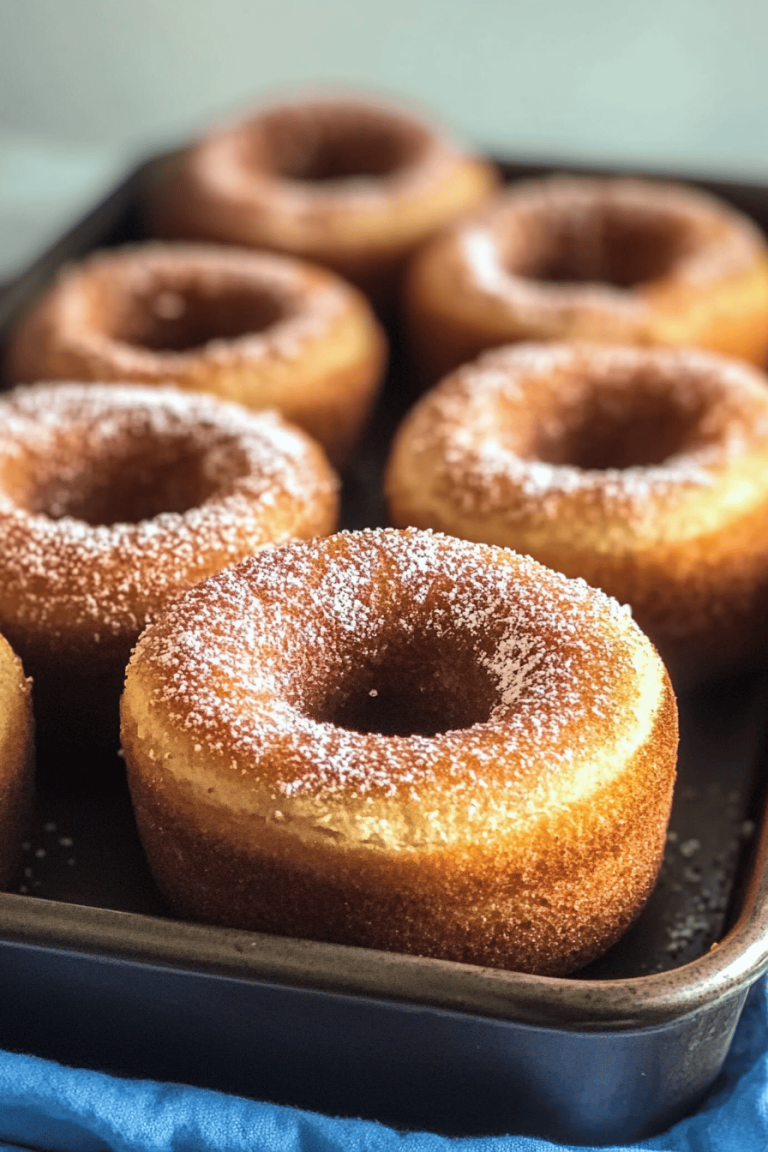Gingerbread Cake Recipe
Creating delightful desserts doesn’t have to be a daunting task—especially when it involves crafting a traditional gingerbread cake that brings warmth and aromatic flavors to any gathering. As a focused keyword, gingerbread Cake Recipe embodies the cozy essence of holidays and cherished family moments. Get ready to embark on a culinary journey that combines nostalgia with modern baking convenience in the following recipe.

Growing up, the smell of freshly baked gingerbread wafting through the house was always a signal that festive celebrations were around the corner. It was our family’s tradition to gather in the kitchen, where my grandmother would let us help measure spices. Each holiday, year after year, this recipe bridged generations, teaching us the joy of baking and the importance of familial bonds.
Why You’ll Love This Recipe
This gingerbread cake stands out with its perfect balance of spices and its moist, tender crumb. It’s a go-to recipe for those who appreciate the depth of flavor cinnamon, ginger, and cloves bring to the table. The ease of this recipe makes it perfect for bakers of all levels, and it fills the home with an irresistible aroma. Whether it’s a special occasion or just a day you want a treat, this cake will surely win you and your guests over.
Ingredients Notes
To create this delicious cake, you’ll need all-purpose flour, baking soda, ground ginger, cinnamon, cloves, molasses, brown sugar, butter, and eggs. For best results, ensure you select quality molasses—it not only enriches the flavor but also contributes to the cake’s moist texture. If you’re out of brown sugar, feel free to substitute with white sugar and a tablespoon of molasses.

Recipe Steps
Step 1
Preheat your oven to 350°F (175°C). Grease and flour a 9-inch round cake pan. This ensures the cake releases easily and maintains its shape.
Step 2
In a mixing bowl, combine the flour, baking soda, ginger, cinnamon, and cloves. Stir the dry ingredients with a whisk to ensure they are evenly distributed.
Step 3
In another bowl, cream the butter and brown sugar together until the mixture is light and fluffy. The incorporation of air here will help create a lighter cake.
Step 4
Add the eggs, one at a time, to the butter-sugar mixture, blending well after each addition. Pour in the molasses and mix until the ingredients are fully combined.
Step 5
Gradually add the dry ingredients to the wet ingredients, mixing until just combined. Pour the batter into the prepared cake pan and bake for 30-35 minutes, or until a toothpick inserted in the center comes out clean.
Storage Options
After allowing the cake to cool completely, store any leftovers in an airtight container at room temperature for up to 3 days. If you prefer to freeze it, wrap individual slices in plastic wrap and place them in a freezer-safe bag. For reheating, allow the slices to thaw and warm them in the oven for a few minutes.
Variations & Substitutions
For a gluten-free version, substitute the all-purpose flour with a 1:1 gluten-free baking blend. To enhance the flavor profile, consider adding a pinch of nutmeg or incorporating orange zest into the batter. For a vegan version, replace the butter with an equal amount of coconut oil and use flax eggs in place of regular eggs.
Serving Suggestions
This gingerbread cake serves beautifully with a dollop of whipped cream or a scoop of vanilla ice cream. It makes an ideal accompaniment to afternoon tea or as a stunning dessert centerpiece for holiday dinners. Try garnishing with candied ginger or toasted pecans for extra flair.
Frequently Asked Questions
Can I make this cake ahead of time? Yes, this cake can be made a day or two in advance and stored in an airtight container. The flavors develop more over time, making it an even tastier treat.
What can I use instead of molasses? If you don’t have molasses, dark corn syrup or a combination of honey and maple syrup can be used as substitutes. These alternatives will provide sweetness though with a slightly different depth of flavor.
How can I prevent the cake from drying out? The key to a moist cake is not overbaking. Begin checking your cake’s doneness around the 30-minute mark and remove it from the oven as soon as it passes the toothpick test. Storing it properly is also crucial to maintaining its moisture.







